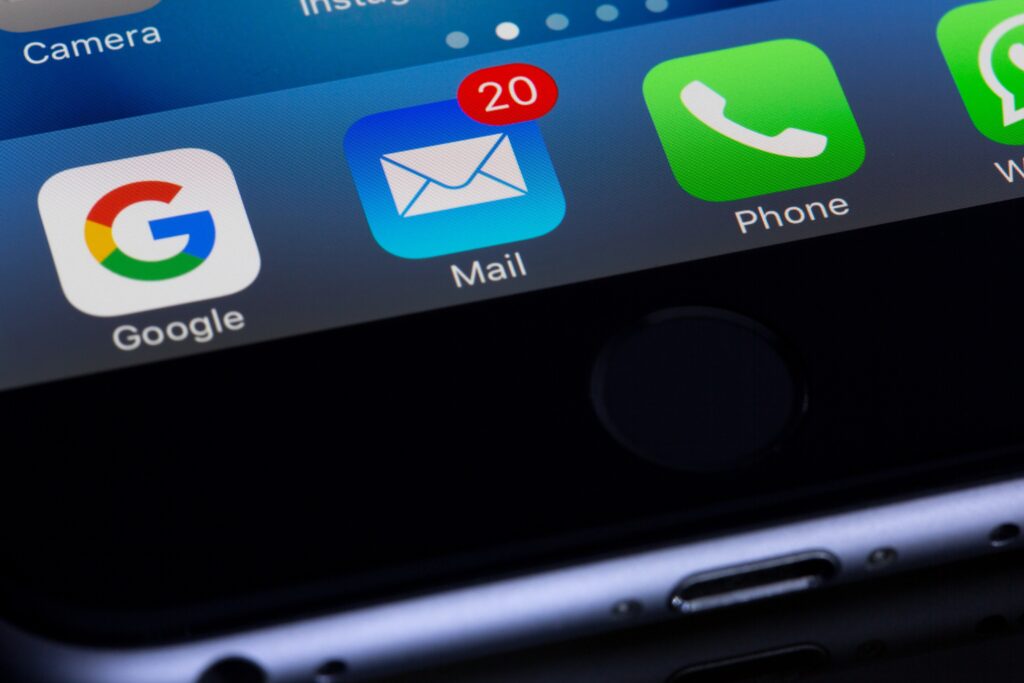In preparing for my upcoming webinar on workplace violence, I’ve been thinking about how hostile emails fit into the conversation.
We’ve all received a hostile email at least once in our lives. Perhaps it was from an angry customer, a bullying co-worker, or a boss who thought reaming you would improve your performance. Or maybe you’ve even received several hostile emails over time from the same person…
To find out the best way to deal with hostile emails, I asked my friend and colleague, Bill Eddy, founder of the High Conflict Institute, for guidance. Bill is an attorney, mediator and therapist, and the author of several books, including, BIFF: Quick Responses to High Conflict People, Their Personal Attacks, Hostile Email and Social Media Meltdowns, among several others.
According to Bill, the first step in responding to hostile emails is to ask yourself if they truly need an answer; not all emails need a response. If your co-worker or boss is just on a rant with nothing important to say then don’t respond, as tempting as it may be to fire back.
A hostile email may deserve a response, however, if it was cc’ed to others or has a lot of untrue information. For example, if the email claims you failed at your portion of the team’s project, and the email is cc’ed to the boss, then you may want to respond – but only to the inaccurate statements. Avoid getting sucked in with your own emotions.
Here are tips for responding to a hostile email
When responding, Bill suggests using his BIFF response:
1. Brief: A brief response reduces the chances of an angry back and forth. Brief signals you don’t take the other person’s statements seriously and keeps you out of sending anything resembling a personal attack. Focus only on the facts and make no comments about character or personality.
2. Informative: Remember the point of your response is to correct inaccurate statements. Focus on the accurate statements you want to make and offer facts only.
3. Friendly: A hostile response will elicit a hostile response back. A friendly response is focused on de-escalation, and other email recipients will notice that your response is clearly very different than the other person’s hostile email. Try as hard as you can to sound as relaxed and empathetic as possible.
4. Firm: Avoid comments that invite more discussion. You might even try, “This is all I will say on this issue,” or, “This conversation is over.”
If you do get another hostile email in response to your BIFF, don’t respond. You have stated the facts and attempted to end the conflict so your part is done. Do not engage.
Bill says that if you absolutely do have to respond, try copying and pasting parts or all of your former email to show that you aren’t spending time on the conflict and have moved on.
When do hostile emails count as workplace violence?
You might think hostile emails must include something like a threat of violence or racial slur to be considered workplace violence or discrimination. Certainly, they don’t need either of these to be workplace bullying… but what about violence? Does a hostile email that says you are an idiot, written in all caps and in 18 point-font, count as workplace violence?
Honestly, I am not 100% sure of the answer and I figured you might not be either. To get answers, join me and another colleague, workplace violence expert Sue Hoffman, from Workplace Guardians, on March 3.
We are doing a free webinar at 10 am Pacific Time. Click here to get your spot.
I look forward to seeing you there!
Catherine
PS: The webinar will also delve into different types of violence and steps to keeping your organization safe. I don’t think you’ll want to miss it! Claim your seat.
Let’s create a plan to build a positive workplace! | Invite Catherine to speak | Check out our webinar library



